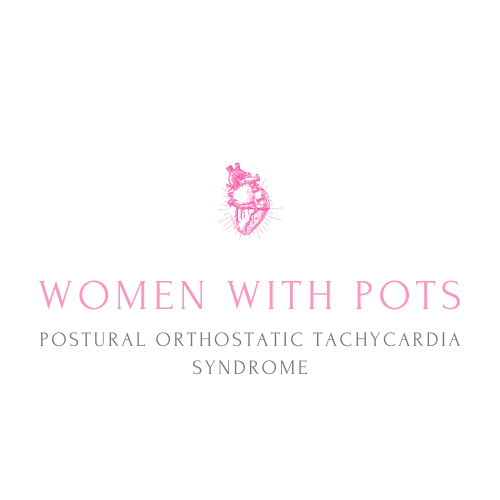
What is Postural Orthostatic Tachycardia Syndrome?
Postural Orthostatic Tachycardia Syndrome (POTS) affects 0.2% of the general population (NIH). Most people with POTS are diagnosed between the ages of 15 and 25. About 1% of those with POTS are teenagers. POTS is often misdiagnosed, so it's crucial to be transparent with your doctors. As said on the home page, POTS is a form of dysautonomia and usually is very hard to diagnose because to some doctors it’s a condition that is “invisible”.
Common Symptoms of POTS:
- Fainting, or Vagal Episodes (Near fainting)
- Fatigue
- Dizziness
- Tinnitus
- Blurry vision
-Troubles concentrating
- Heart Palpitations (Heart cramps)
- Pale in the face
- Brain fog
- Shortness of breath
- Headaches
- And many more debilitating symptoms
These are some of the most common symptoms of POTS. What you feel is your symptoms and they may differ from those listed above. There are certain people who are more vulnerable to POTS such as people who have had surgery, illness, infections (serious infections), and even being pregnant. There are three types of POTS that you might not know of: hyperadrenergic POTS, neuropathic POTS, and hypovolemic POTS.
Hyperadrenergic POTS: This type of POTS occurs when your sympathetic nervous system is working overtime (too active). It can cause heart palpitations, nausea, hyperhidrosis, and more. This type of POTS affects approximately 30%-60% of those with POTS. This type of POTS is associated with high levels of the stress hormone, norepinephrine. Tremors are also a common symptom associated with this type of POTS and you can also see increased urination.
Neuropathic POTS: This type of POTS happens when there is damage to small nerve fibers. The nerves involved help with the constriction of blood vessels. Specifically, these nerves constrict in the legs and in the abdomen. Some symptoms associated with neuropathic POTS are Blood pooling, Cyanosis in the feet (blue in color due to shortage of oxygen in the blood), excessive sweating in extremities, shakiness, and more. This type of POTS can affect up to 50% of POTS patients (NIH).
Hypovolemic POTS: This type of POTS happens when there is low levels of blood, hence hypovolemia. To help with hypovolemia, taking in significant amounts of fluids can help combat symptoms. This type of POTS causes: Weakness, Cognitive impairment (brain fog), Nausea, and more. This has been seen to affect up to 70% of POTS patients (NIH).
Studies have shown that around 25% of POTS patients aren't able to attend school or work due to the debilitating symptoms that come with POTS. POTS affects up to 1 in 100 teenagers. Now putting this into perspective, POTS can cause major issues and academic challenges based on the patient. POTS also can “flare up” or become more of an issue on or before your menstrual cycle and stress, as well, is a common trigger.